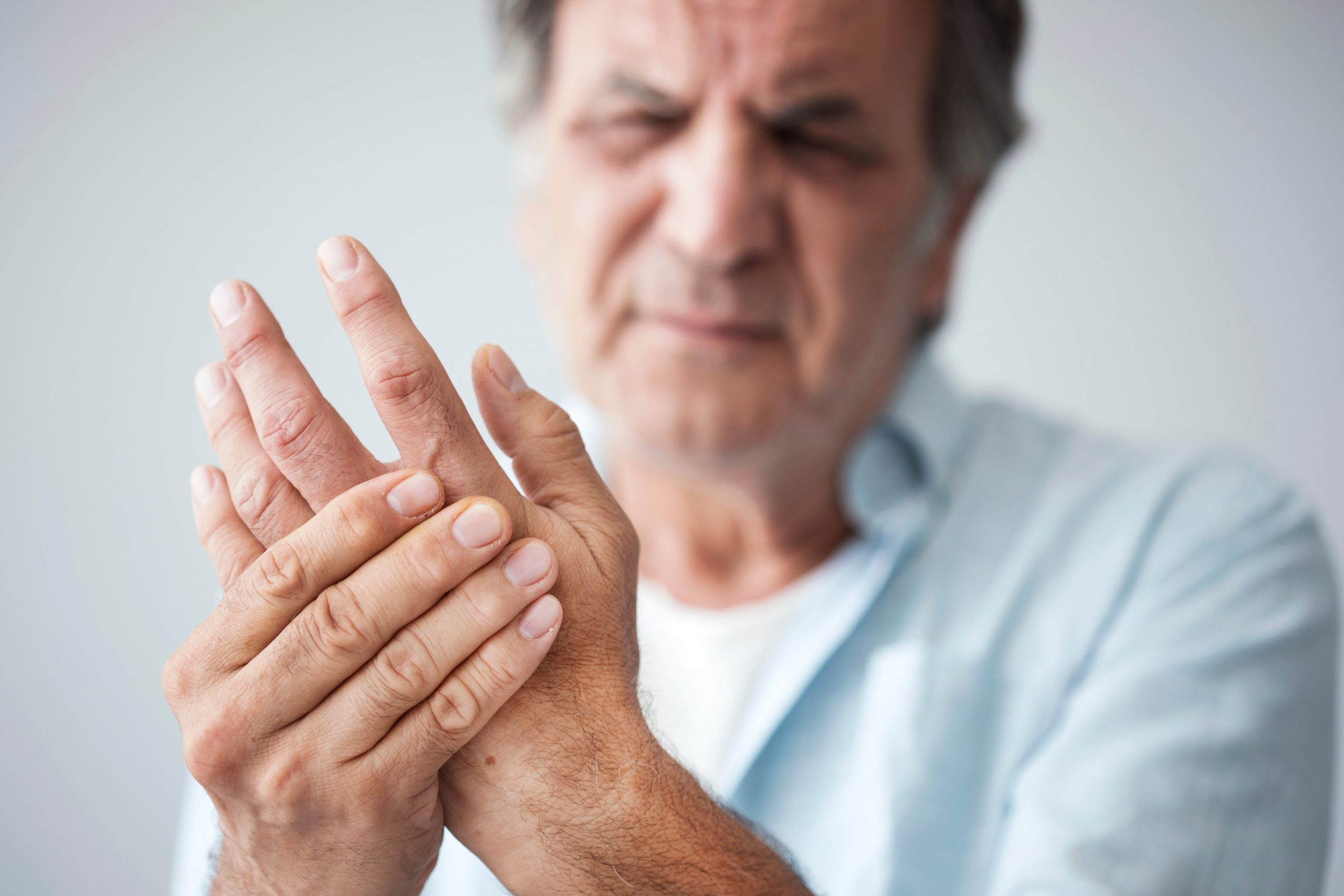Living with chronic pain can feel like a full-time job. It’s exhausting, expensive, and often overwhelming. But the good news? There are affordable ways to manage pain that don’t require a big budget—or a prescription pad.

Whether your pain comes from arthritis, fibromyalgia, back issues, or something else entirely, these budget-friendly tips can help you take back some control without draining your wallet.
What Is Chronic Pain, Really?
Chronic pain is pain that sticks around for more than three months. It might be steady or come and go, but either way, it messes with your life. Common causes include injuries that didn’t heal quite right, nerve damage, inflammation, or long-term conditions like osteoarthritis.
You don’t have to spend a fortune to feel better. A combination of low-cost therapies, lifestyle tweaks, and smart tools can make a big difference.
Free and Low-Cost Therapies That Work
Physical Therapy at Home
Working with a physical therapist can be pricey, but once you’ve learned a few exercises, you can do them at home for free. Many PTs even offer a sliding scale or virtual sessions that are more affordable.
Tip: Search YouTube for certified physical therapists who share free tutorials. Just make sure to pick content that matches your condition.
Mind-Body Therapies
Mindfulness, meditation, and guided imagery have real science behind them. They can help reduce how much pain you feel even if they don’t change the underlying cause.
Apps like Insight Timer, Calm, and UCLA Mindful offer free sessions designed to help with chronic pain.
Cognitive Behavioral Therapy (CBT)
CBT helps you reframe how you think about pain—and that can change how you experience it. Traditional therapy can be costly, but there are online CBT programs that cost way less, or even nothing.
Check out platforms like MoodGym or PainTrainer for accessible options.
Smart (and Cheap) Lifestyle Tweaks
Get Moving—Gently
Exercise is probably the last thing you want to do, but it’s one of the most effective tools out there. Low-impact options like walking, swimming, and yoga help strengthen muscles and release natural painkillers (hello, endorphins!).
No need for a gym membership either. Local community centers or even free YouTube workouts can be a great starting point.
Eat for Less Inflammation
A healthy, anti-inflammatory diet doesn’t have to break the bank. Stock up on:
Canned salmon or sardines (omega-3s)
Beans and lentils (fiber and protein)
Frozen berries and leafy greens (antioxidants)
Olive oil instead of vegetable oil
Cooking at home just a few days a week can save you money and ease your pain.
Prioritize Sleep
Pain and sleep are deeply connected. Poor sleep makes pain worse, and pain makes sleep harder. Try free sleep podcasts, blackout curtains, and a regular bedtime. Skip caffeine late in the day and put screens away an hour before sleep.
Over-the-Counter Options That Help
You don’t always need prescriptions. Some of the best pain relief comes from the drugstore:
Acetaminophen and ibuprofen are effective for many types of chronic pain.
Capsaicin cream (from chili peppers) helps block pain signals when used regularly.
TENS units (small devices that use electrical pulses to disrupt pain) can be found online for as little as $30.
Always check with your doctor or pharmacist before starting a new treatment—especially if you take other meds.
Try These Budget-Friendly Tools
You don’t need a $500 massage gun or a monthly acupuncture appointment to get relief. A few well-chosen tools can work wonders:
| Tool | What It Does | Budget Option |
|---|---|---|
| Heating pad | Eases stiffness and muscle spasms | $15 or less at most stores |
| Foam roller | Loosens tight muscles and fascia | Often under $20 |
| Massage balls | Great for trigger points and knots | Tennis ball works just fine |
| Orthopedic pillow | Supports proper alignment | Can find deals online under $25 |
When to See a Pro
Affordable self-care can go a long way, but it’s not a cure-all. Talk to a healthcare provider if:
Your pain keeps getting worse
You lose mobility or strength
You have new or unusual symptoms
Many community health clinics and teaching hospitals offer low-cost consultations. Don’t be afraid to ask for a payment plan or sliding scale options.










